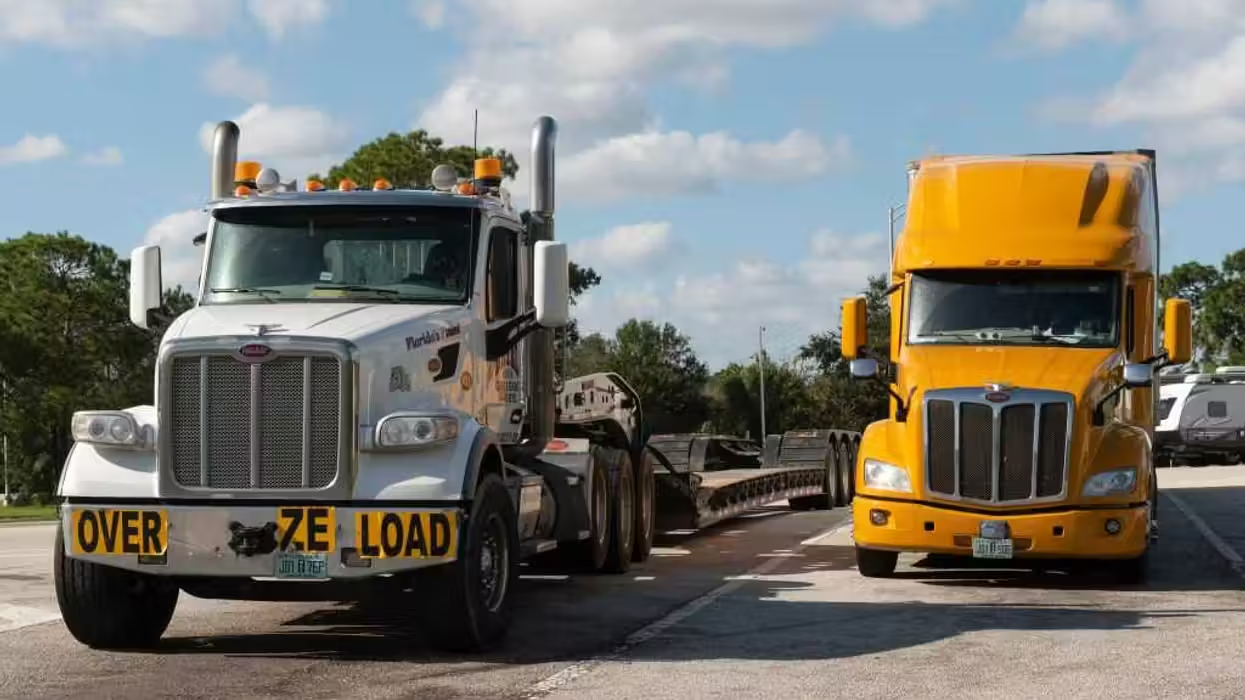
© 2025 Blaze Media LLC. All rights reserved.
"... 9,000 of the 96,000 jobs added came from the resolution of a utility strike."
U.S. employers added only 96,000 jobs last month and the unemployment rate fell to 8.1 percent from 8.3 percent in July, the Bureau of Labor Statistics announced Friday morning.
What’s going on here? Is this a hopeful sign for the economy and the U.S. workforce? Well, not exactly.
First, it needs to be noted that unemployment fell only because more people left the workforce. Actually, a lot of people dropped out:

Labor force participation declined from 63.7 percent to 63.5 percent -- its lowest point since 1981.
"It means that somehow in August the labor force declined by 368,000 people, which is a paradox since according to the household survey 119,000 jobs were lost in August, yet at the same time the unemployment rate dropped. Remember: it is an election year," writers at Zero Hedge caution.

The next big thing that needs to be pointed out is that 9,000 of the 96,000 jobs added came from the resolution of a utility strike. Yep. Not new hires. Just people who decided to get back to work.
Next, Friday’s numbers are far, far below expectations. The BLS was hoping for at least 130K non-farm payroll jobs. Obviously today's numbers don’t even come close. Private payrolls were also below the hoped-for estimate of 142K and settled at only 103K.
"This is very, very bad news for President Obama. It may even explain why he seemed kind of flat during portions of Thursday night’s speech, since I understand he knew the numbers at the time," writes White House Dossier’s Keith Koffler.
And despite everything you have heard over the last three day from the Democratic National Convention in Charlotte, N.C., U.S. manufacturing isn't doing too well. A full 15K manufacturing jobs were lost last month, which, of course, makes President Obama’s recent promise of at least one million new manufacturing jobs by 2016 seem even more impossible.
“[W]hile the unemployment rate came lower (surprise, surprise: this is what appears in newspapers) at 8.1%, far lower than expectations of 8.3%, and below last month's 8.3%, the broad total underemployment rate (U-6) continues to be sticky at 14.7%,” Zero Hedge notes.
Get that? Real unemployment (which counts those not looking for jobs) is actually at 14.7 percent.
The entire report is discouraging. Average hourly wages dipped a penny to $23.52 (and are only slightly ahead of inflation in the past year) and manufacturers cut the most jobs in two years.

Final Thought: Lousy hiring, declines in labor force participation, average hourly wages falling? Say hello to QE3. The Fed didn’t need much of an excuse to act and, if anything, this report just handed them one.
Also, as AEI's James Pethokoukis notes, if labor force participation was the same in August as it was in July, these jobs numbers would mean an unemployment rate of 8.4 percent.
Follow Becket Adams (@BecketAdams) on Twitter
The AP contributed to this report. Front page photo courtesy the AP. This story has been updated.
Want to leave a tip?
We answer to you. Help keep our content free of advertisers and big tech censorship by leaving a tip today.
Want to join the conversation?
Already a subscriber?
more stories
Sign up for the Blaze newsletter
By signing up, you agree to our Privacy Policy and Terms of Use, and agree to receive content that may sometimes include advertisements. You may opt out at any time.
Related Content
© 2025 Blaze Media LLC. All rights reserved.
Get the stories that matter most delivered directly to your inbox.
By signing up, you agree to our Privacy Policy and Terms of Use, and agree to receive content that may sometimes include advertisements. You may opt out at any time.






